Since ancient times, international relations have been one of the important aspects of the life of any country, society and even an individual. The formation and development of individual states, the appearance of borders, the formation of various spheres of human activity led to the emergence of numerous interactions that are realized both between countries and with interstate unions and other organizations.
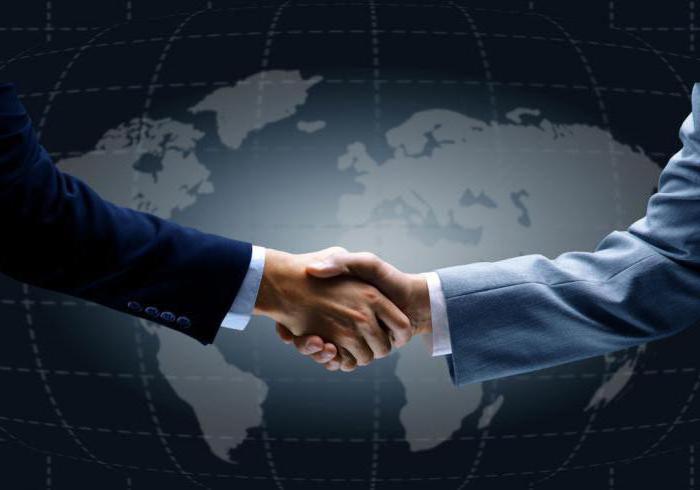
In the modern conditions of globalization, when almost all states are involved in a network of such interactions that affect not only the economy, production, consumption, but also culture, values and ideals, the role of international relations is overestimated and becomes more and more significant. There is a need to consider what these international relations are like, how their development is going on, what role the state plays in these processes.
The origins of the concept
The appearance of the term "international relations" is associated with the formation of the state as a sovereign entity. The formation of a system of independent powers in Europe at the end of the 18th century led to a decline in the authority of the reigning monarchies and dynasties. A new subject of relations appears on the world stage - the national state. The conceptual basis for the creation of the latter is the category of sovereignty, formed by Jean Boden in the middle of the XVI century. The thinker saw the future of the state in separating it from the claims of the church and provided the monarch with the fullness and indivisibility of power in the country, as well as its independence from other powers. In the middle of the XVII century, the Westphalian Peace Treaty was signed, which consolidated the established doctrine of sovereign powers.
By the end of the 18th century, the western part of Europe was an established system of nation-states. The interactions between them as between peoples-nations received the corresponding name - international relations. This category was first introduced into scientific use by the English scientist J. Bentham. His vision of a world order was far ahead of time. Even then, the theory developed by the philosopher implied the abandonment of the colonies, the creation of international judicial bodies and the army.
The emergence and development of theory
Researchers note that the theory of international relations is contradictory: it is, on the one hand, very old, and on the other, young. This is explained by the fact that the origins of the emergence of studies of international relations are associated with the emergence of states and peoples. Already in ancient times, thinkers considered the problems of war and the maintenance of order and peaceful relations between countries. At the same time, as a separate systematized branch of knowledge, the theory of international relations took shape relatively recently - in the middle of the last century. In the postwar years, the world law and order are being reassessed, attempts are being made to create conditions for peaceful interaction between countries, and international organizations and unions of states are being formed.
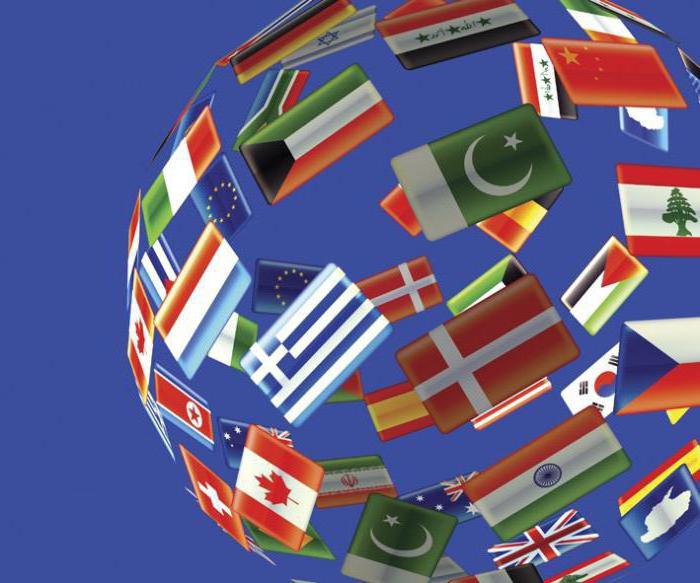
The development of new types of interactions, the emergence of new actors in the international arena made it necessary to single out the subject of science studying international relations, freeing itself from the influence of related disciplines such as law and sociology. An industrial variety of the latter is formed to this day, studying individual aspects of international interactions.
The main paradigms
Speaking about the theory of international relations, it is necessary to turn to the works of researchers who devoted their work to the consideration of relations between the powers, trying to find the foundations of a world order. Since the theory of international relations took shape in an independent discipline relatively recently, it should be noted that its theoretical provisions developed in line with philosophy, political science, sociology, law and other sciences.
Russian scholars distinguish three main paradigms in the classical theory of international relations.
- Traditional or classical, the founder of which is the ancient Greek thinker Thucydides. The historian, considering the causes of wars, comes to the conclusion that the main regulator of relations between countries is the force factor. States, being independent, are not bound by any specific obligations and can use the power advantage to achieve their goals. This direction was developed in their works by other scientists, among them N. Machiavelli, T. Hobbes, E. de Wattel and others.
- Idealistic, the provisions of which are presented in the writings of I. Kant, G. Grotius, F. de Vittoria and others. The emergence of this trend was preceded by the development in Europe of Christianity and Stoicism. The idealistic vision of international relations is based on the idea of the unity of the entire human race and the inalienable rights of the individual. Human rights, according to thinkers, are priority in relation to the state, and the unity of mankind leads to the secondary nature of the idea of a sovereign power, which in these conditions loses its original meaning.
- The Marxist interpretation of relations between countries proceeded from the idea of exploiting the proletariat by the bourgeoisie and the struggle between these classes, which would lead to unification within each and the formation of a world society. Under these conditions, the concept of a sovereign state also becomes secondary, since national isolation will gradually disappear with the development of the world market, free trade and other factors.
In the modern theory of international relations, other concepts have appeared that develop the provisions of the presented paradigms.
History of International Relations
Scientists connect its beginning with the appearance of the first signs of statehood. The first international relations are those that took shape between the most ancient states and tribes. In history, you can find many such examples: Byzantium and Slavic tribes, the Roman Empire and German communities.
In the Middle Ages, a feature of international relations was that they did not take shape between states, as is happening today. Their initiators were, as a rule, influential persons of the then powers: emperors, princes, representatives of various dynasties. They entered into agreements, assumed obligations, unleashed military conflicts, replacing the interests of the country with their own, identifying themselves with the state as such.
As society developed, the characteristics of interactions also changed. The turning point in the history of international relations is the emergence of the concept of sovereignty and the development of the national state in the late XVIII - early XIX centuries. During this period, a qualitatively different type of relations between countries was formed, which has survived to this day.
The concept
The modern definition of what constitutes international relations is complicated by the multitude of connections and areas of interaction in which they are realized. An additional obstacle is the unsteadiness of the division of relations into domestic and international. The approach that is based on the definition of entities that implement international interactions is quite common.The textbooks define international relations as a certain combination of various ties-relationships both between states and between other actors operating on the world stage. Today, in addition to states, they began to include organizations, associations, social movements, social groups, etc.

The most promising approach to the definition is the selection of criteria to distinguish this type of relationship from any other.
Features of international relations
Understanding what international relations are and understanding their nature will allow consideration of the characteristic features of these interactions.
- The complexity of this kind of relationship is determined by their elemental nature. The number of participants in these relationships is constantly growing, new actors are being included, which makes it difficult to predict changes.
- Recently, the position of the subjective factor has strengthened, which is reflected in the increasing role of the political component.
- The inclusion in the relationship of various spheres of life, as well as expanding the circle of political participants: from individual leaders to organizations and movements.
- The lack of a single center of influence due to the many independent and equal participants in the relationship.
It is customary to classify the entire diversity of international relations on the basis of various criteria, among which:
- spheres: economics, culture, politics, ideology, etc .;
- intensity level: high or low;
- from the standpoint of tension: stable / unstable;
- geopolitical criterion for their implementation: global, regional, subregional.
Based on the above criteria, the concept under consideration can be designated as a special type of social relations, which goes beyond the framework of any territorial formation or internal social interactions formed on it. Such a formulation of the question requires clarification of how international politics and international relations relate.
The relationship of politics and international relations
Before deciding on the correlation of these concepts, we note that the term "international politics" is also difficult to define and represents a kind of abstract category that allows us to distinguish their political component in relations.
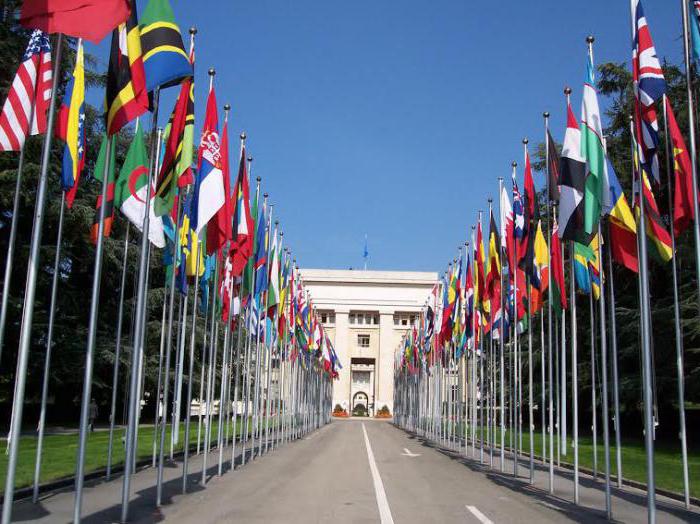
Speaking about the interaction of countries in the international arena, people often use the concept of "world politics." It is an active component that allows you to influence international relations. If we compare world and international politics, the first is much wider in scope and is characterized by the presence of participants at various levels: from the state to international organizations, unions and individual influential entities. At the same time, interaction between states is more accurately revealed using such categories as international politics and international relations.
Formation of a system of international relations
At different stages of the development of the world community, certain interactions develop between its participants. The main subjects of these relations are several leading countries and international organizations capable of influencing other participants. The organized form of such interactions is a system of international relations. Its goals include:
- ensuring stability in the world;
- cooperation in solving world problems in various fields of activity;
- creating conditions for the development of other participants in the relationship, ensuring their safety and maintaining integrity.
The first system of international relations was formed in the middle of the XVII century (Westphalian), its appearance is due to the development of the doctrine of sovereignty and the emergence of nation-states. It lasted three and a half centuries. Throughout this period, the state is the main subject of relations in the international arena.
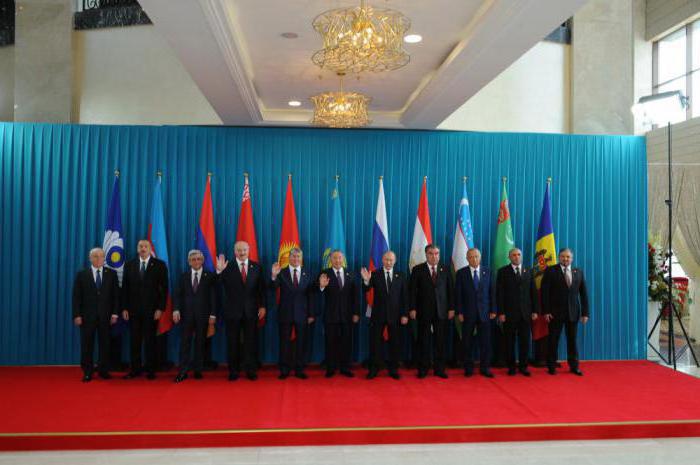
In the heyday of the Westphalian system, interactions between countries take shape on the basis of rivalry, the struggle to expand spheres of influence and increase power. The regulation of international relations is implemented on the basis of international law.
A special feature of the twentieth century was the rapid development of sovereign states and a change in the system of international relations, which underwent a radical restructuring three times. It should be noted that none of the previous centuries can boast of such radical changes.
The last century brought two world wars. The first led to the creation of the Versailles system, which, having destroyed the balance in Europe, clearly designated two antagonistic camps: the Soviet Union and the capitalist world.
The second led to the formation of a new system, called the Yalta-Potsdam system. During this period, the split between imperialism and socialism intensifies, opposing centers are designated: the USSR and the USA, which divide the world into two warring camps. The period of existence of this system was also marked by the collapse of the colonies and the emergence of the so-called third world states.
The role of the state in the new system of relations
The modern period of development of the world order is characterized by the formation of a new system, the predecessor of which crashed at the end of the twentieth century as a result of the collapse of the USSR and a series of East European velvet revolutions.
According to scientists, the formation of the third system and the development of international relations has not yet ended. This is evidenced not only by the fact that today the balance of power in the world is not defined, but also by the fact that new principles of interactions between countries have not been developed. The emergence of new political forces in the form of organizations and movements, associations of powers, international conflicts and wars allow us to conclude that a complex and painful process of forming norms and principles is underway, in accordance with which a new system of international relations will be built.
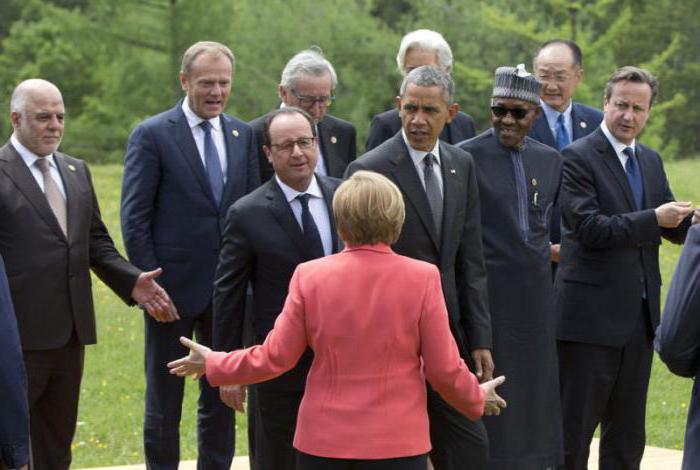
Researchers are particularly interested in the issue of the state in international relations. Scientists emphasize that today the doctrine of sovereignty is undergoing serious tests, since the state has largely lost its independence. The globalization process, which makes borders more transparent, and the economy and production more and more dependent, reinforces these threats.
But at the same time, modern international relations put forward a number of requirements to the states, which only this social institution can do. In such conditions, there is a shift from traditional functions to new ones that go beyond the usual.
The role of the economy
A special role today is played by international economic relations since it is this type of interaction that has become one of the driving forces of globalization. Folding today world economy can be represented in the form of a global economy, uniting various branches of specialization of national economic systems. All of them are included in a single mechanism, the elements of which interact and are dependent on each other.
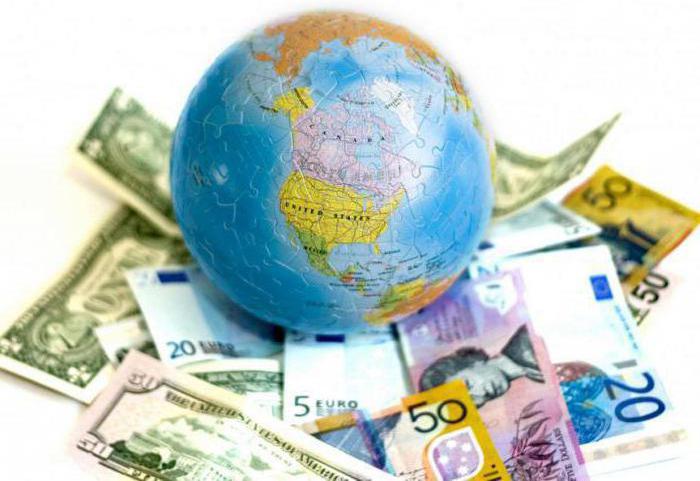
International economic relations existed before the advent of the world economy and linked industries within continents or regional associations. The main subjects of such relations are states. In addition to them, the group of participants includes giant corporations, international organizations and associations. The regulatory institution of these interactions is the law of international relations.








